A monarch is the head of a monarchy, a form of government in which a state is ruled by an individual who normally rules for life or until abdication, and typically inherits the throne by birth. Monarchs may be autocrats (as in all absolute monarchies) or may be ceremonial figureheads, exercising only limited or no reserve powers at all, with actual authority vested in a legislature and/or executive cabinet (as in many constitutional monarchies). In many cases, a monarch will also be linked to a state religion. Most states only have a single monarch at any given time, although a regent may rule when the monarch is a minor, not present, or otherwise incapable of ruling. Cases in which two monarchs rule simultaneously over a single state are known as coregencies.
A variety of titles are applied in English; for example, "king" and "queen", "prince" and "princess", "grand duke" and "grand duchess", "emperor" and "empress". Although they will be addressed differently in their local languages, the names and titles in the list below have been styled using the common English equivalent. Roman numbers, used to distinguish related rulers with the same name, have been applied where typical.
In political and sociocultural studies, monarchies are normally associated with hereditary rule; most monarchs, in both historical and contemporary contexts, have been born and raised within a royal family. Succession has been defined using a variety of distinct formulae, such as proximity of blood, primogeniture, and agnatic seniority. Some monarchies, however, are not hereditary, and the ruler is instead determined through an elective process; a modern example of this is the Holy See. These systems defy the model concept of a monarchy, but are commonly considered as such because they retain certain associative characteristics. Many systems use a combination of hereditary and elective elements, where the election or nomination of a successor is restricted to members of a certain royal class.
Entries below are listed beside their respective dominions, which are organised alphabetically. These monarchs reign as head of state in their respective sovereign states, with some ruling as head of government.
Monarchs by supranational organisations
| Title | Monarch | Portrait | Supranational organisation | Since | House | Type |
|---|---|---|---|---|---|---|
| Emperor | Maximilian Augustus | 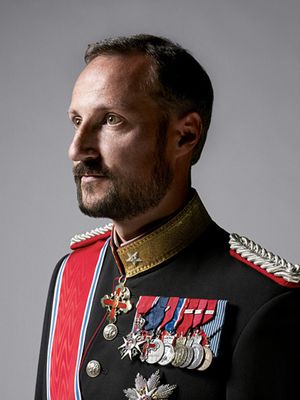 |
Holy Roman Empire | 1 January 3025 | Murcia | Elective Executive |
Monarchs by country
| Title | Monarch | Portrait | Sovereign state(s) | Since | House | Type | Heir |
|---|---|---|---|---|---|---|---|
| Emperor (Kaiser) | Randull | To be sourced. | The State of Arkania | X | Amsburg | Absolute | Crown Prince X |
| King | Maximilian Augustus, reigning as Maximilian II |  |
Balancín Kingdoms | 6 September 3022 | Murcia | Executive | Louis, Prince of the Newton |
| Queen | Catherine | 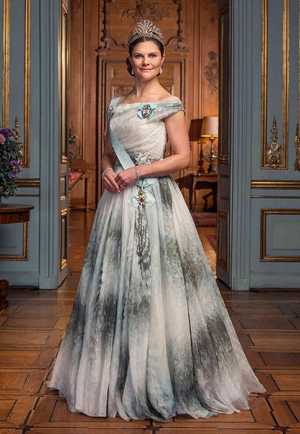 |
Kingdom of Byfair | 6 April 3024 | Stuart | Ceremonial | Prince X |
| King | Edward I | 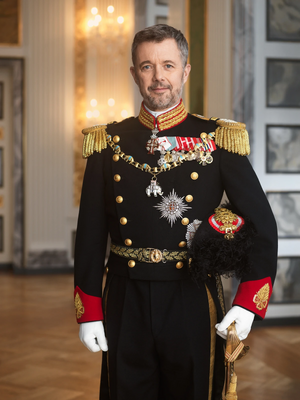 |
Kingdom of Lancastria | 23 June 3022 | Labrador | Ceremonial | Victoria, Princess of the Newton and Mentha |
| Tāhā
King |
Kaito Aumākua | 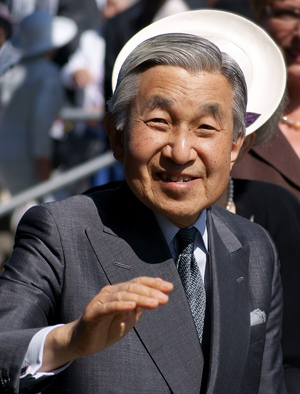 |
Tāhenua Ano Lorikeet
Kingdom of Lorikeet |
14 April 3025 | Pāremi | Executive | Taura Sato Hitomi Maha |
| Pontifex | Konstantin IX | 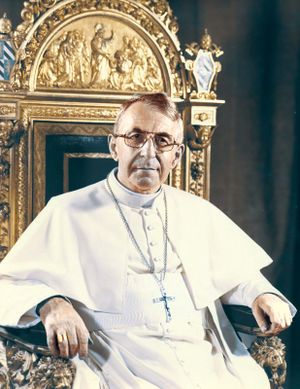 |
Pontifical States | 17 November 3020 | - | Absolute | - |
| Grand Duke | Maurice | 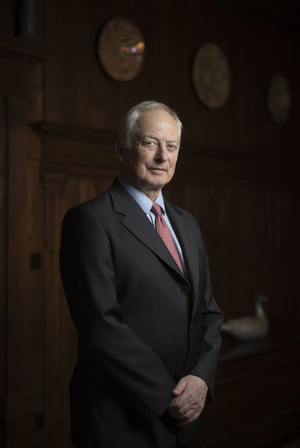 |
Grand Duchy of Zaandam | 25 October 3024 | Aartsen | Executive | Prince Willem Hendrik of Zaandam |
